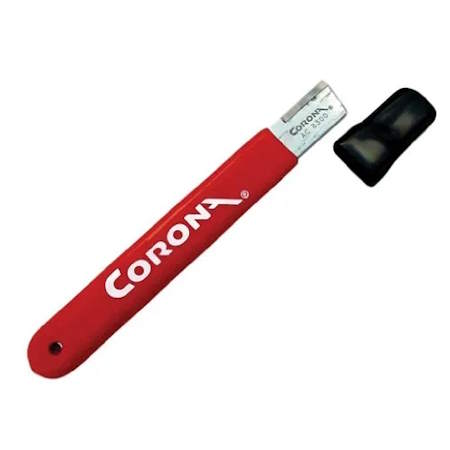7 trees to prune in March before it is too late, plus trimming tips from an expert horticulturist
Discover our pick of trees that may require some attention this month
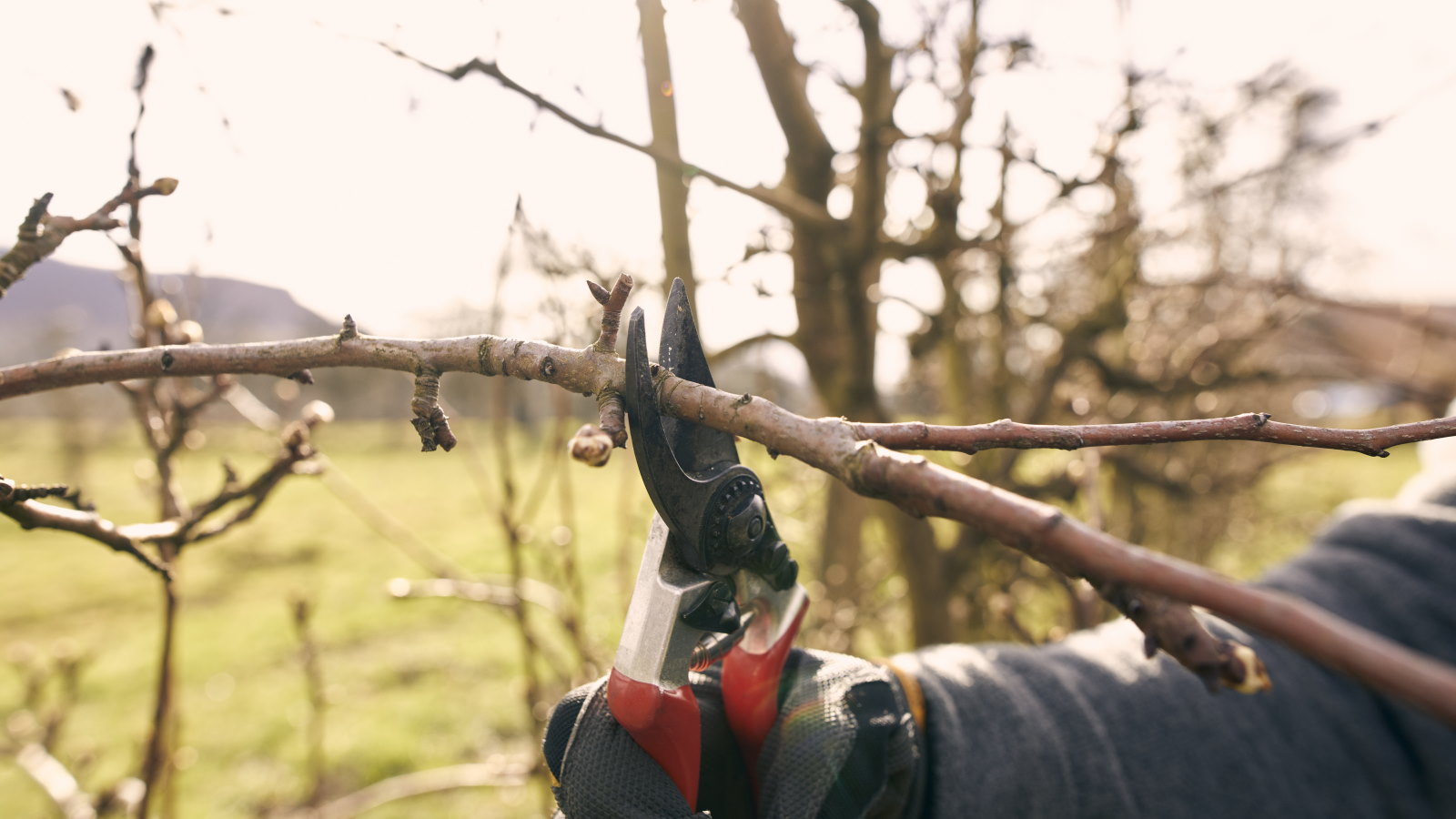

Pruning trees ensures they remain healthy, safe, and beautiful. An important part of maintaining trees is trimming them at the right time and there are several trees to prune in March as we herald the start of spring this month.
Many deciduous trees will start to break dormancy this month. It means the window to prune them is closing, as you want to trim before the new growth starts. If you have not got out and pruned your fruit trees, dogwoods, oaks, hawthorn, and more then it is a job to add to March’s gardening to-do list.
Our monthly guide to when to prune trees picks seven popular backyard trees to prune in March. If you have any of the following, they may require attention this month. We look at why, when, and how to prune so you can keep your trees healthy and vibrant for years.

Pruning trees in March - 7 to trim this month
If you plan to work on any of the following trees to prune in March, it is crucial to use clean and sharp garden tools. Pruning tools such as shears, loppers, and a pruning saw may be required and they all need to be cleaned, and potentially sharpened, before doing any trimming. It will make pruning easier and won’t risk harming the tree.
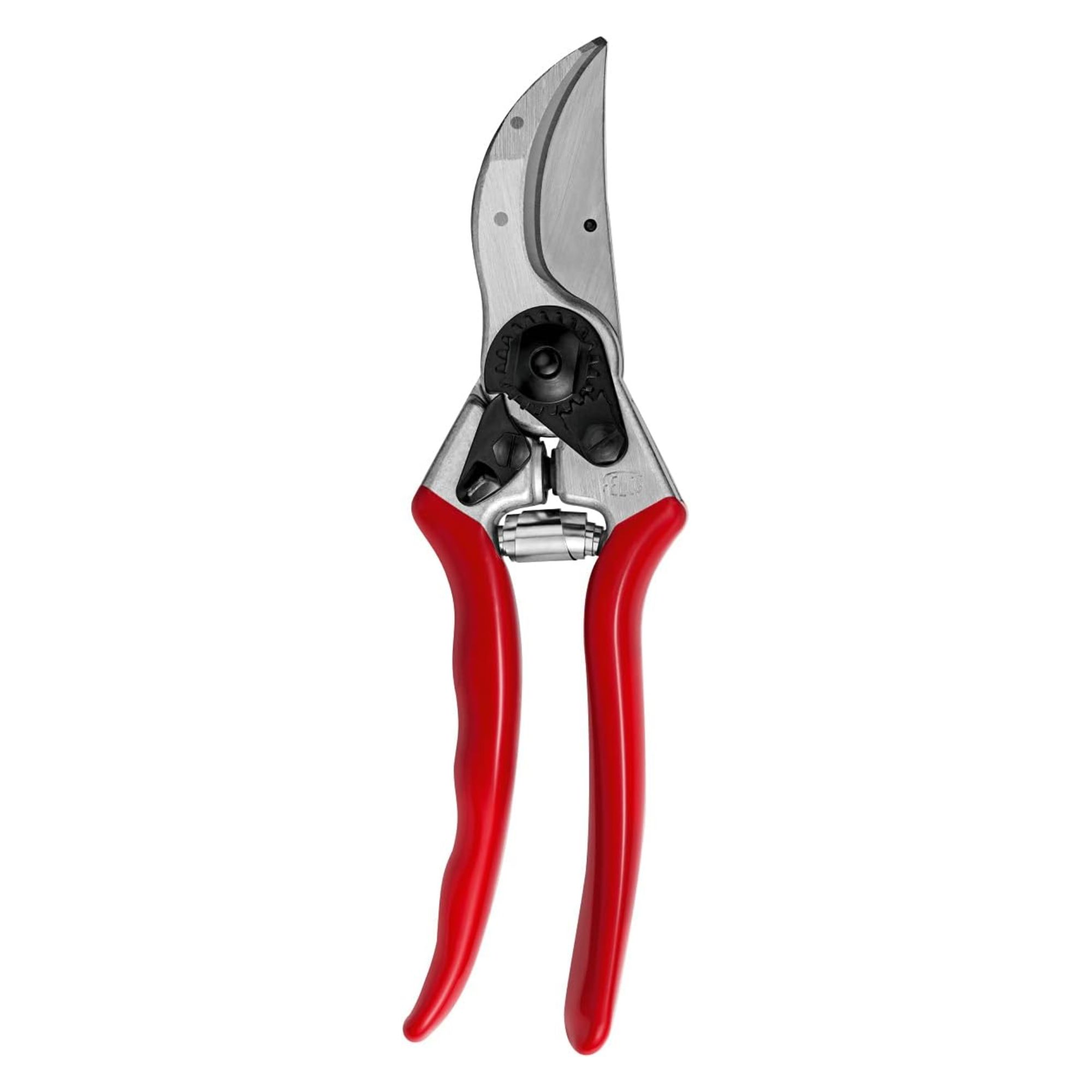
I have a trusty pair of Felco No. 2 pruners that I have used for a decade now - and they got a lot of use during my years as a professional gardener. These pruning shears are comfortable, hard-wearing, razor-sharp, and great for any pruning job. Plus they come with a lifetime guarantee, and all parts are replaceable.
Here is our pick for seven trees to prune in March:
1. Crabapple
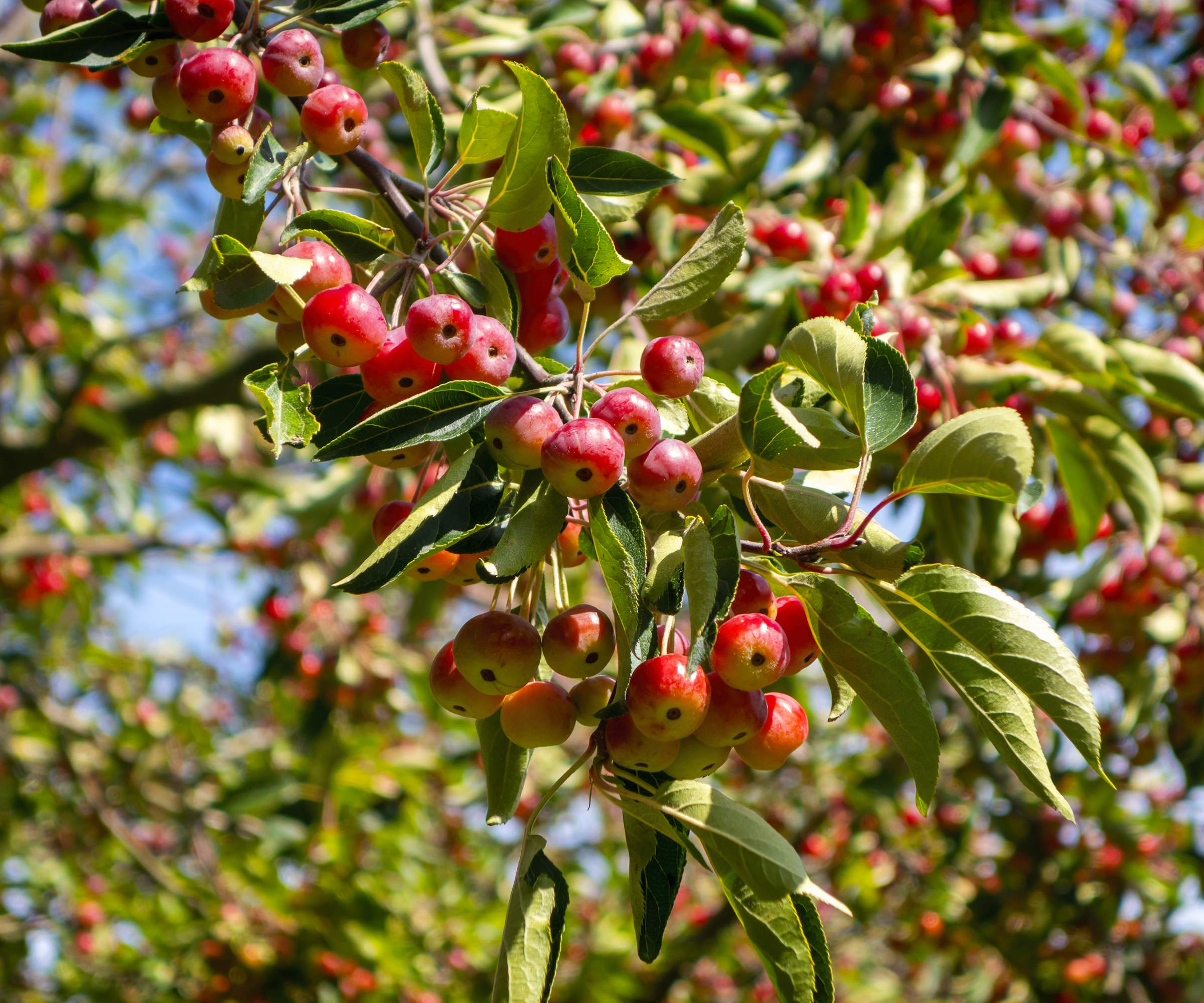
Crabapple trees are very low-maintenance trees for a backyard, which includes pruning. After you plant a crabapple tree, it may require some trimming to keep it well-shaped and healthy but it is not a rigorous annual task and more a case of as-and-when.
If you wonder when to prune crabapple trees, the answer is during their dormancy and before the buds swell in spring. It is often that March is an ideal window in many climates.
As for how to prune crabapple trees, focus primarily on removing dead, damaged, or diseased branches and crossing branches that may rub and create entry points for disease. This helps open the canopy and improve air and sunlight penetration to keep the tree healthy. Also, take time to identify and remove any water sprouts and suckers.
2. Dogwood
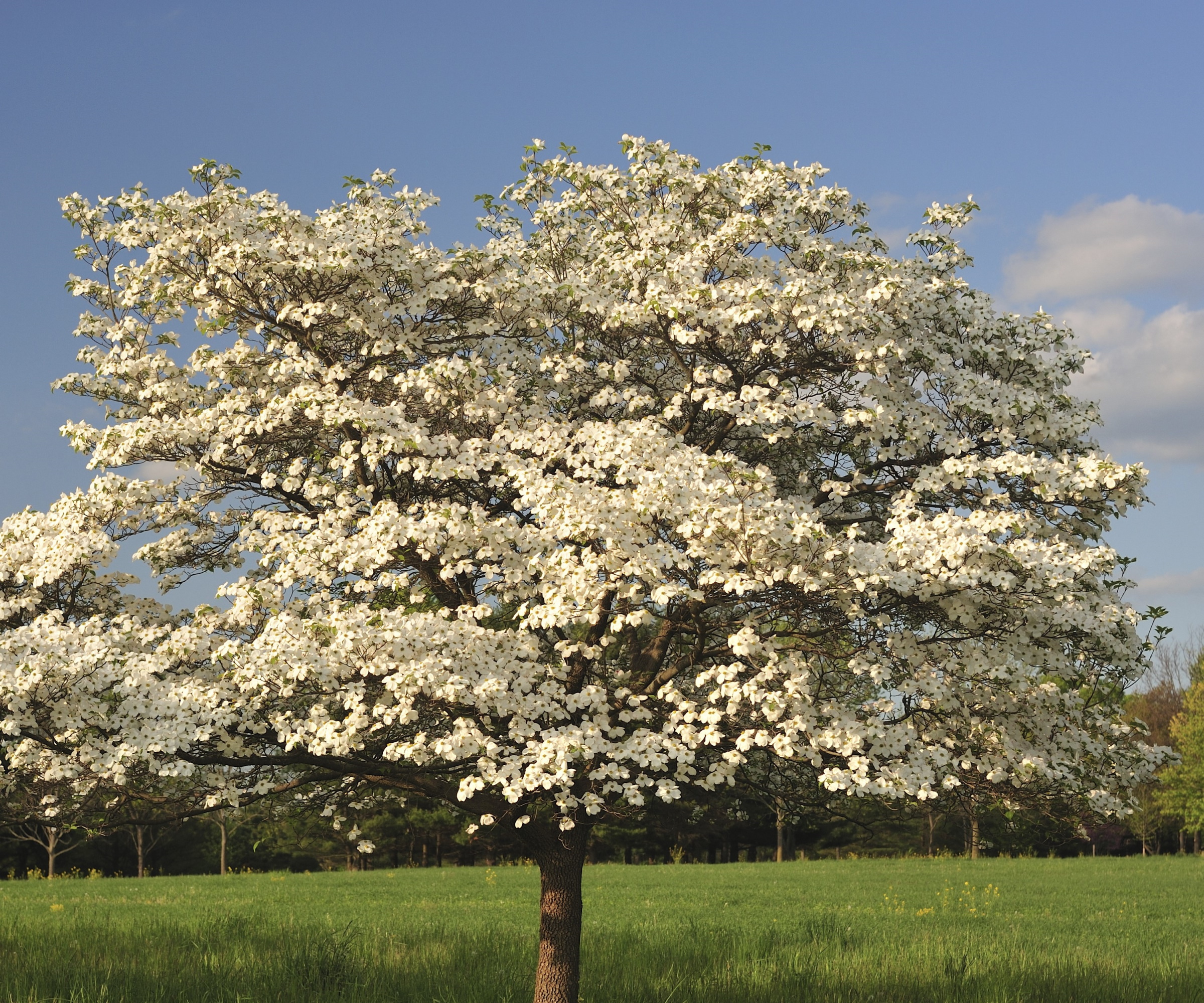
Dogwood trees are popular and versatile ornamental additions to provide color through fall and winter. Regular pruning will help keep the tree healthy and is also a useful way to control the shape and size of the dogwood - perfect if you want to enjoy the tree in a small garden.
The best time to prune dogwood trees is during their dormancy season and March presents a great opportunity before they start emerging from their winter slumber. Trimming before they start growing again reduces the risk of bleeding sap out of the pruning wounds, which can make the tree susceptible to pests and diseases.
Prune out any dead, damaged, and diseased branches, along with any suckers, crossing stems, and branches growing inwards towards the center. Trimming low-hanging or unruly branches can help to keep a natural shape.
3. Fig
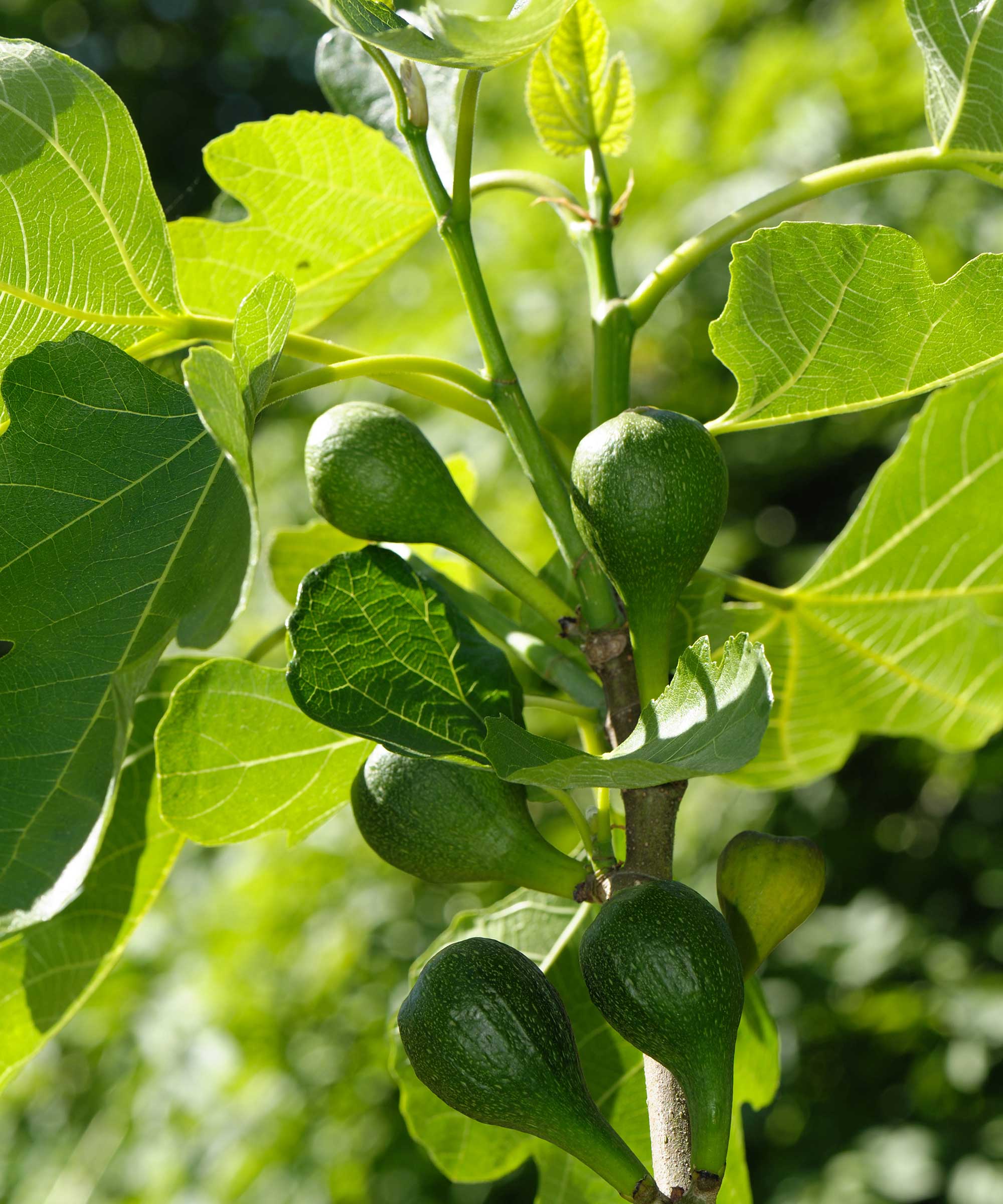
When you grow a fig tree, it is key to know how and when to prune fig trees to keep them healthy and reward you with a great crop of fruits. The ideal time to prune figs is in late winter or early spring - between February and April, depending on your climate.
Time the trimming just before the new growth begins for the year and after the last hard frosts that can get into pruning wounds. Pruning too late into spring, after the growth has started, is a fig growing mistake as the tree bleeds sap and can be left vulnerable to pests and diseases.
As for how to prune a fig tree, remove dead, damaged, and diseased wood along with any suckers from the base of the tree. Thin out any crossing branches and congested areas to allow more sunlight and air penetration into the canopy - to aid fruit production and keep the tree healthy.
4. Hawthorn
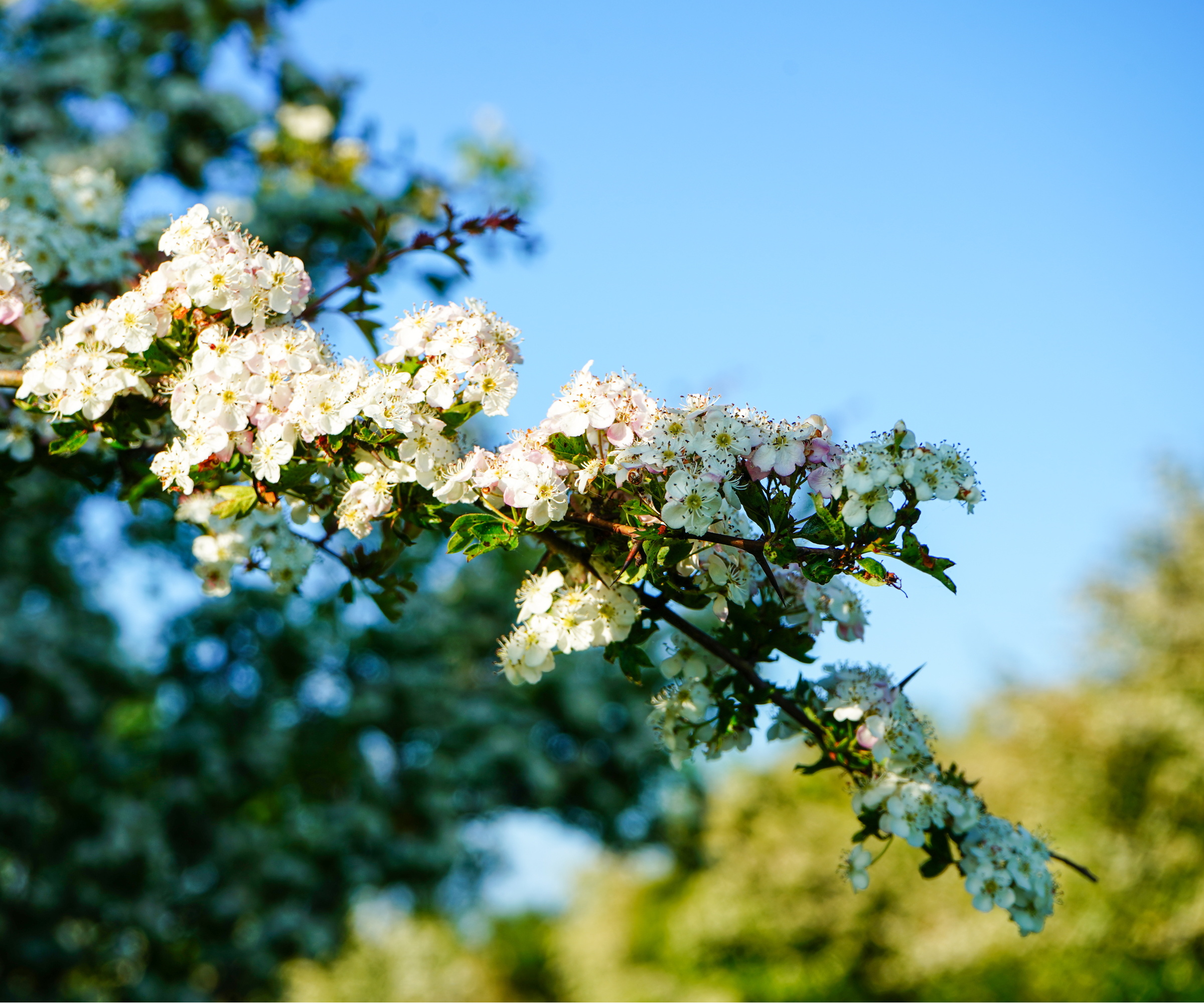
Hawthorns are a historic type of tree with red berries, and these fruits follow its highly-scented white or pink flowers that appear in spring. Hawthorn trees should not be pruned until established and require trimming every 3-5 years to maintain the shape and ensure the tree’s health. Whenever you prune hawthorn, you must have a pair of strong and thick gloves, long sleeves, and eye protection as the tree has sharp thorns.
Prune hawthorn trees when dormant in late winter or early spring once the tree reaches at least six feet. Pruning too early in its life is a tree pruning mistake that can slow down its growth. Remove dead, diseased, and damaged branches, then look at pruning weak, overcrowded, or crossing stems to thin the canopy. It is important to prune lightly as hawthorn trees do not react well to hard pruning.
5. Holly
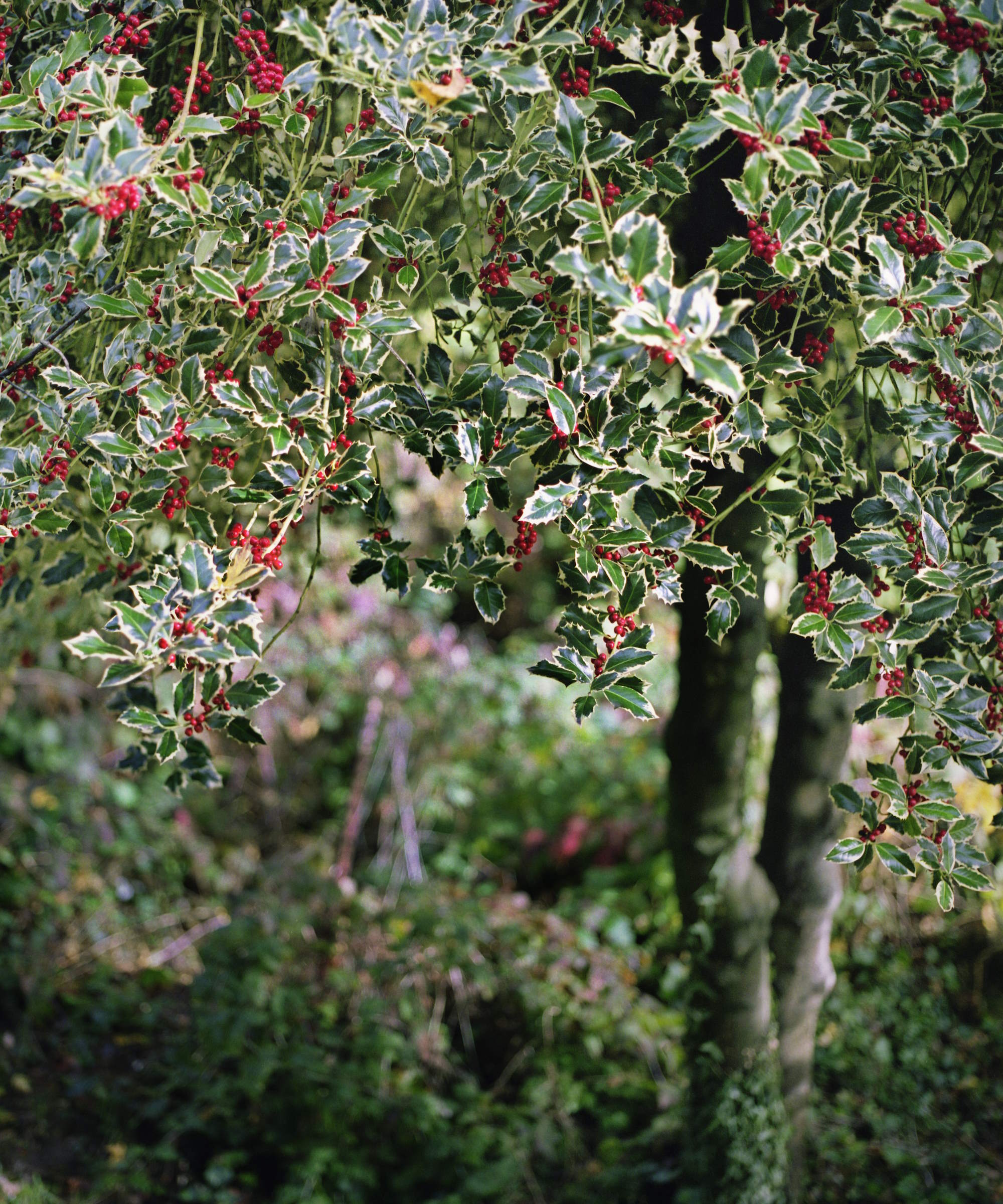
There are hundreds of varieties of holly to grow and many can make fantastic trees, some capable of reaching up to 50 feet in height. The wonderful thing about growing holly, as well as the berries and different colors of spikey leaves to choose between, is that it is very versatile and can be kept under control through pruning - meaning that holly trees can work in gardens of all sizes.
Regular pruning keeps holly trees looking their finest and pruning holly is a job for when the plant is dormant in late winter or early spring. Remove dead or damaged branches and any stems crossing or growing in the wrong direction. You can help shape the evergreen tree by removing selected large stems or cutting old stems back to a bud. But do show restraint, and never remove more than one-third of the tree when pruning.
6. Mountain Ash
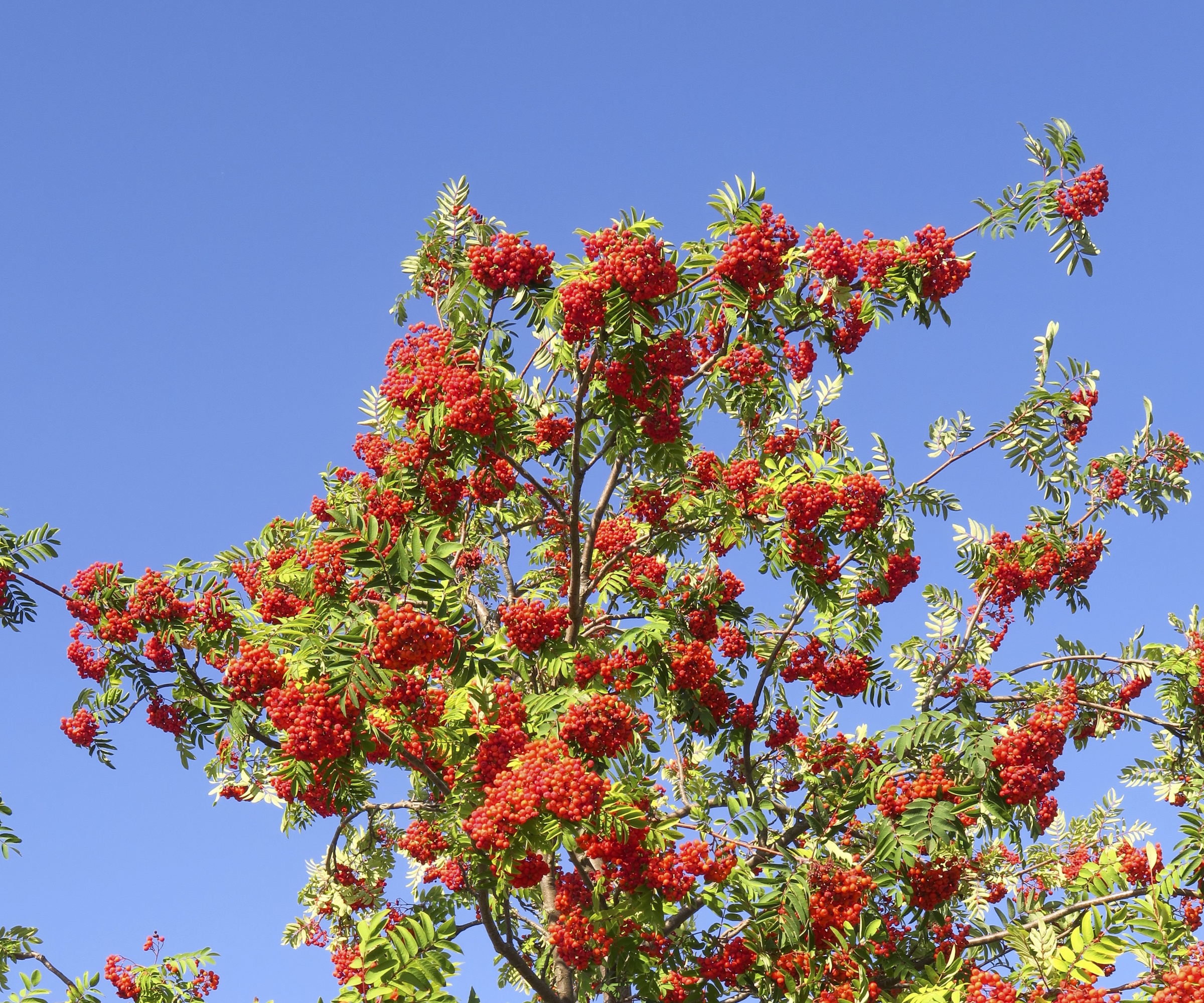
The mountain ash, also known as the rowan tree, is a deciduous ornamental tree suitable for small or medium-sized gardens. Mountain ash trees impress with their feathered leaves followed by vibrant red berries in late summer and fall. If you grow rowan trees, they do not need lots of pruning - but it is important to trim at the right time.
Late winter or early spring is the ideal time to prune as the trees are susceptible to fire blight and pruning in late winter at the end of their dormancy mitigates the risk of infection. It also reduces the risk of excessive sap loss. Mountain ash doesn’t need a lot of maintenance pruning, it is usually a case of removing dead or diseased branches and thinning any overcrowded or crossing stems to open up the canopy.
7. Oak
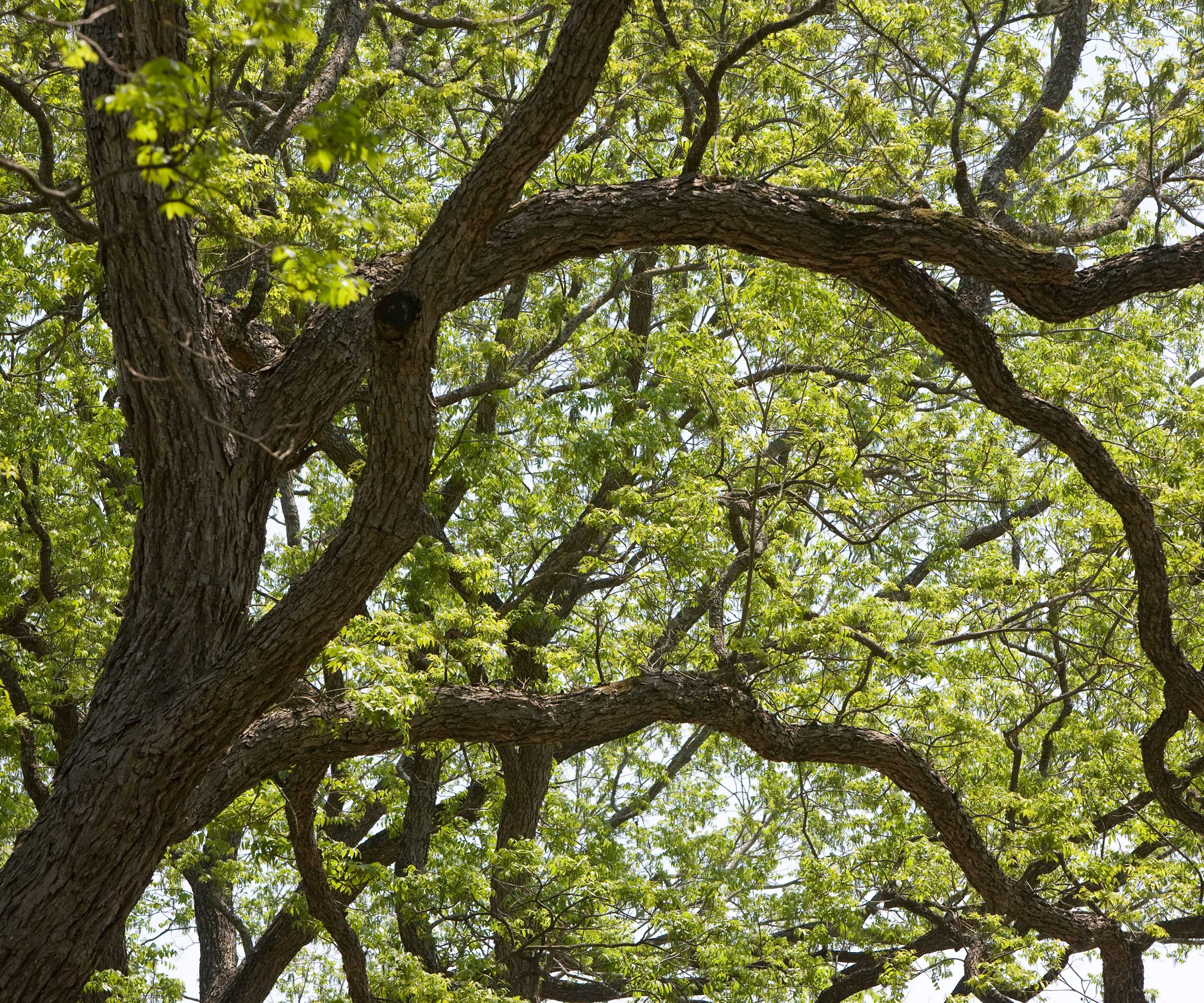
Oak trees are beautiful specimens and one of the best trees for wildlife, but they do need to be well-maintained. Not pruning an oak tree can leave it unhealthy and diseased, increasing the risk of dropping branches, especially during storms.
Pruning oak trees annually in winter or early spring keeps the tree healthy, and looking at its best. It also keeps branches away from houses and power lines and prevents them from blocking sightlines for driveways and sidewalks.
Finally, pruning between November and March reduces the risk of oak wilt, a deadly fungal disease that can get in through pruning wounds and is spread by beetles that become active from April onwards.
Pruning oaks involves removing dead, diseased, or broken branches and trimming overcrowded, weak, and crossing ones.
Shop pruning tools
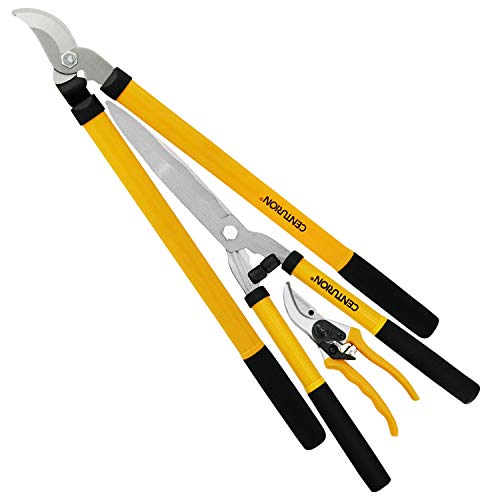
A pruning set that includes loppers for cutting branches up to 1.5 inches thick, a pair of pruning shears to cut through branches up to 1/2 inch thick, and hedging shears for shaping trees and shrubs.
FAQs
Can you prune apple trees in March?
Yes, you can prune an apple tree in March. The time to prune apples is when the fruit tree is dormant in winter and March is the end of the pruning season as the buds start to break in spring.
Is it too late to prune fruit trees in March?
On top of apple trees, there are other fruit trees to prune in winter during dormancy and March is not too late to trim. Pears, quinces, mulberries, and medlars can all be pruned as late as March. Knowing when to prune fruit trees is important, as not all can be pruned in late winter or early spring. It would be a fruit tree pruning mistake to trim stone fruits in March, including peaches, nectarines, apricots, and plums. These fruit trees are pruned in summer to avoid diseases.
March can be a busy time for pruning as spring arrives. To discover what shrubs and perennials may also do with trimming this month, see our extensive guide to plants to prune in spring and get practical pruning advice from an experienced horticulturist.
Sign up to the Homes & Gardens newsletter
Design expertise in your inbox – from inspiring decorating ideas and beautiful celebrity homes to practical gardening advice and shopping round-ups.

Drew’s passion for gardening started with growing vegetables and salad in raised beds in a small urban terrace garden. He has worked as a professional gardener in historic gardens and specialises in growing vegetables, fruit, herbs, and cut flowers as a kitchen gardener. That passion for growing extends to being an allotmenteer, garden blogger, and producing how-to gardening guides for websites. Drew was shortlisted for the New Talent of the Year award at the 2023 Garden Media Guild Awards.
You must confirm your public display name before commenting
Please logout and then login again, you will then be prompted to enter your display name.
-
 'It has a presence but doesn’t overwhelm a space' – Benjamin Moore's best butter yellow paints prove how usable the color everyone is melting for can be
'It has a presence but doesn’t overwhelm a space' – Benjamin Moore's best butter yellow paints prove how usable the color everyone is melting for can beBright, pollen yellow is out and muted, butter yellow is in
By Sophia Pouget de St Victor Published
-
 Le Creuset’s 100th-anniversary color harks back to the roaring twenties – it's a fiery, shimmering tribute to a century of cookware heritage
Le Creuset’s 100th-anniversary color harks back to the roaring twenties – it's a fiery, shimmering tribute to a century of cookware heritage'Flamme Dorée' has been re-imagined for a birthday treat – but it's going out of stock fast
By Lydia Hayman Published
-
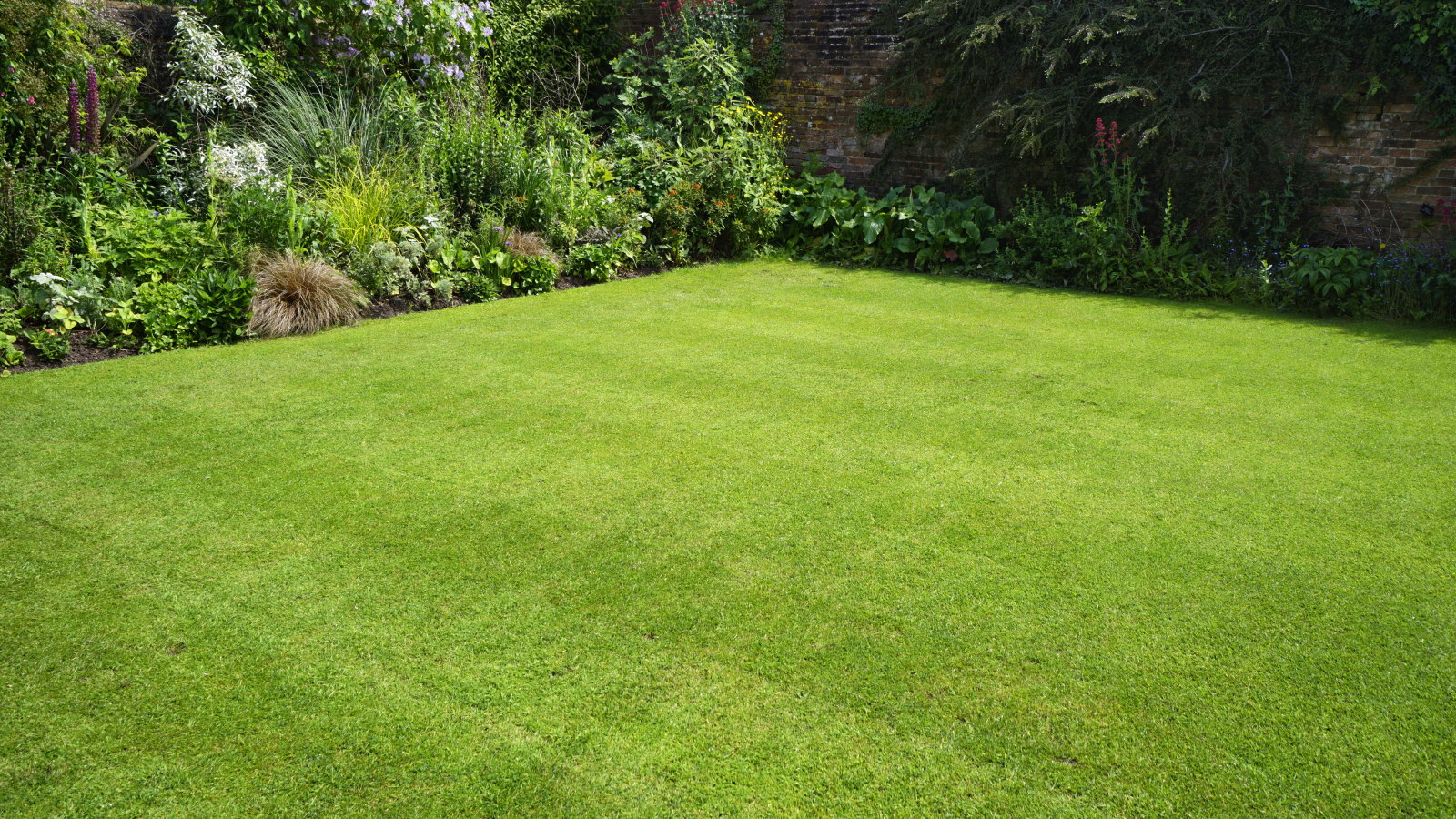 I'm a lawn care expert, and always do these 7 jobs in April to ensure thick, green grass all summer long
I'm a lawn care expert, and always do these 7 jobs in April to ensure thick, green grass all summer longTransform your lawn with these simple yet highly effective April lawn care tasks
By Drew Swainston Published
-
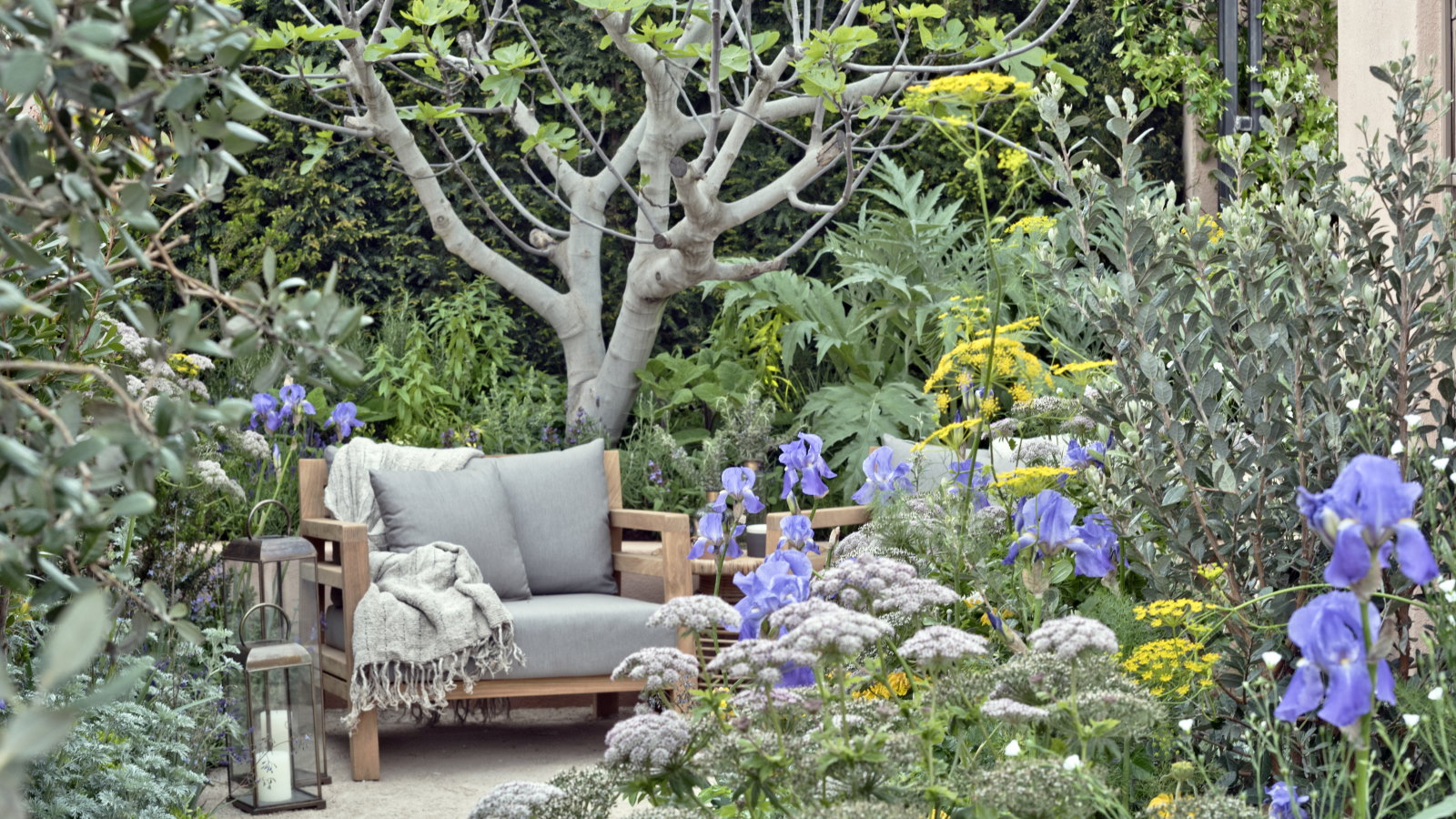 Horticulturists urge you to prune these 7 plants in April – for healthy growth and better-than-ever flowering displays
Horticulturists urge you to prune these 7 plants in April – for healthy growth and better-than-ever flowering displaysDiscover a key selection of plants to cut back this month, with expert pruning advice
By Drew Swainston Published
-
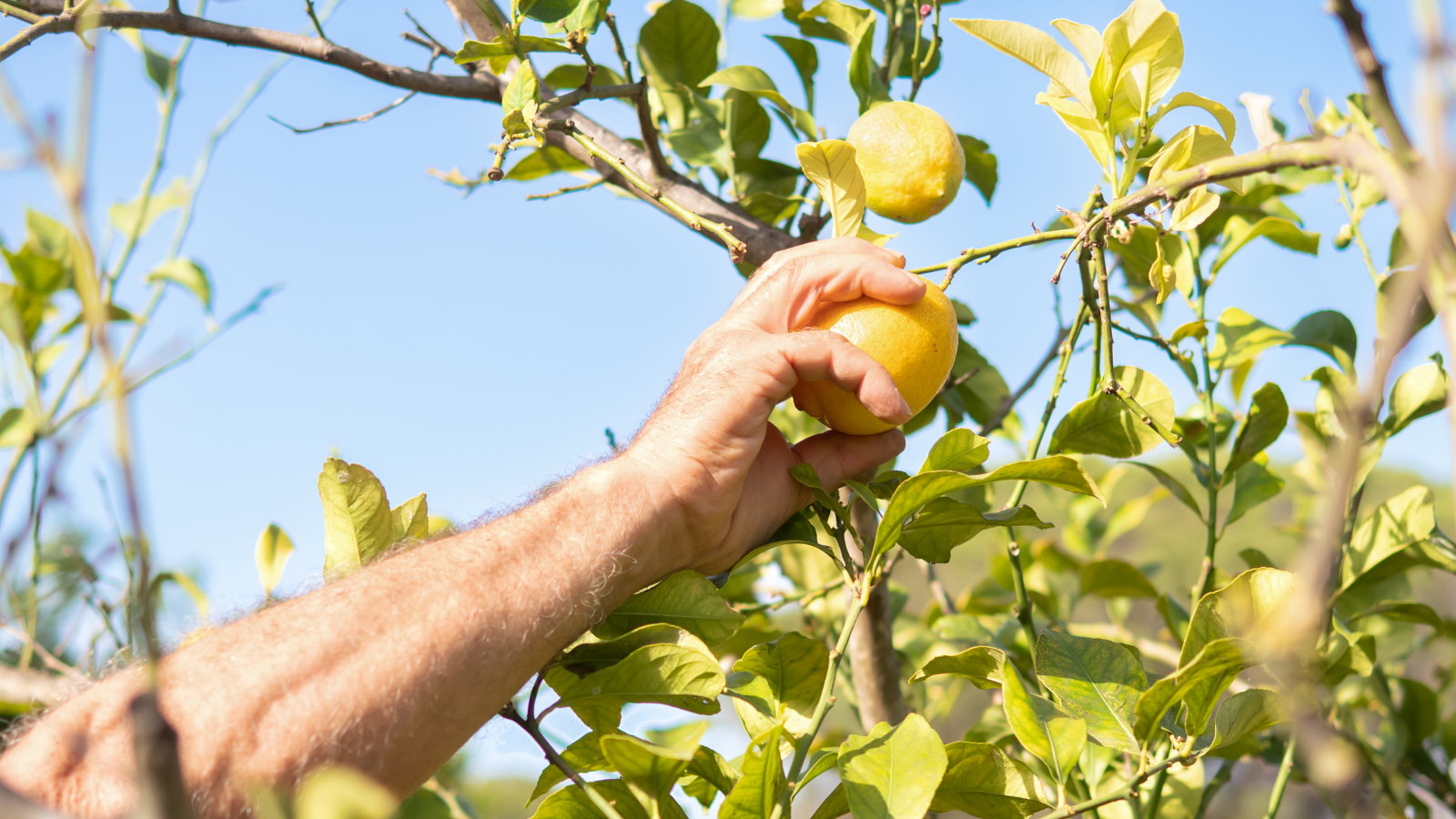 7 fruits to plant in April for years of tasty homegrown harvests, plus expert planting tips
7 fruits to plant in April for years of tasty homegrown harvests, plus expert planting tipsAn exceptional selection of fruit trees and soft fruit can be planted this month
By Drew Swainston Published
-
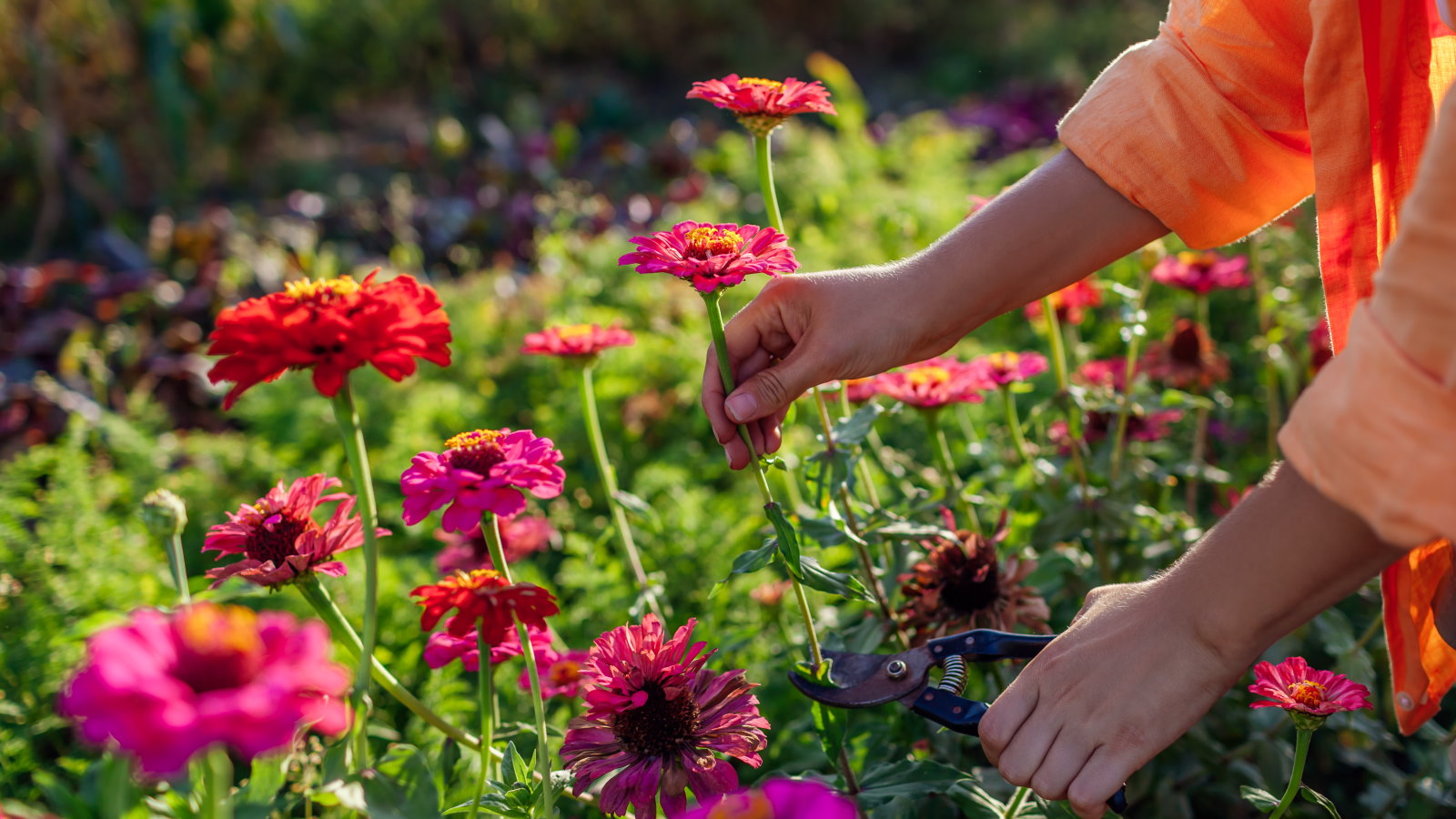 7 dazzling cut flowers to plant in April for bountiful blooms to enjoy in bouquets, vases, and displays this summer
7 dazzling cut flowers to plant in April for bountiful blooms to enjoy in bouquets, vases, and displays this summerDiscover sowing tips from an expert horticulturist
By Drew Swainston Published
-
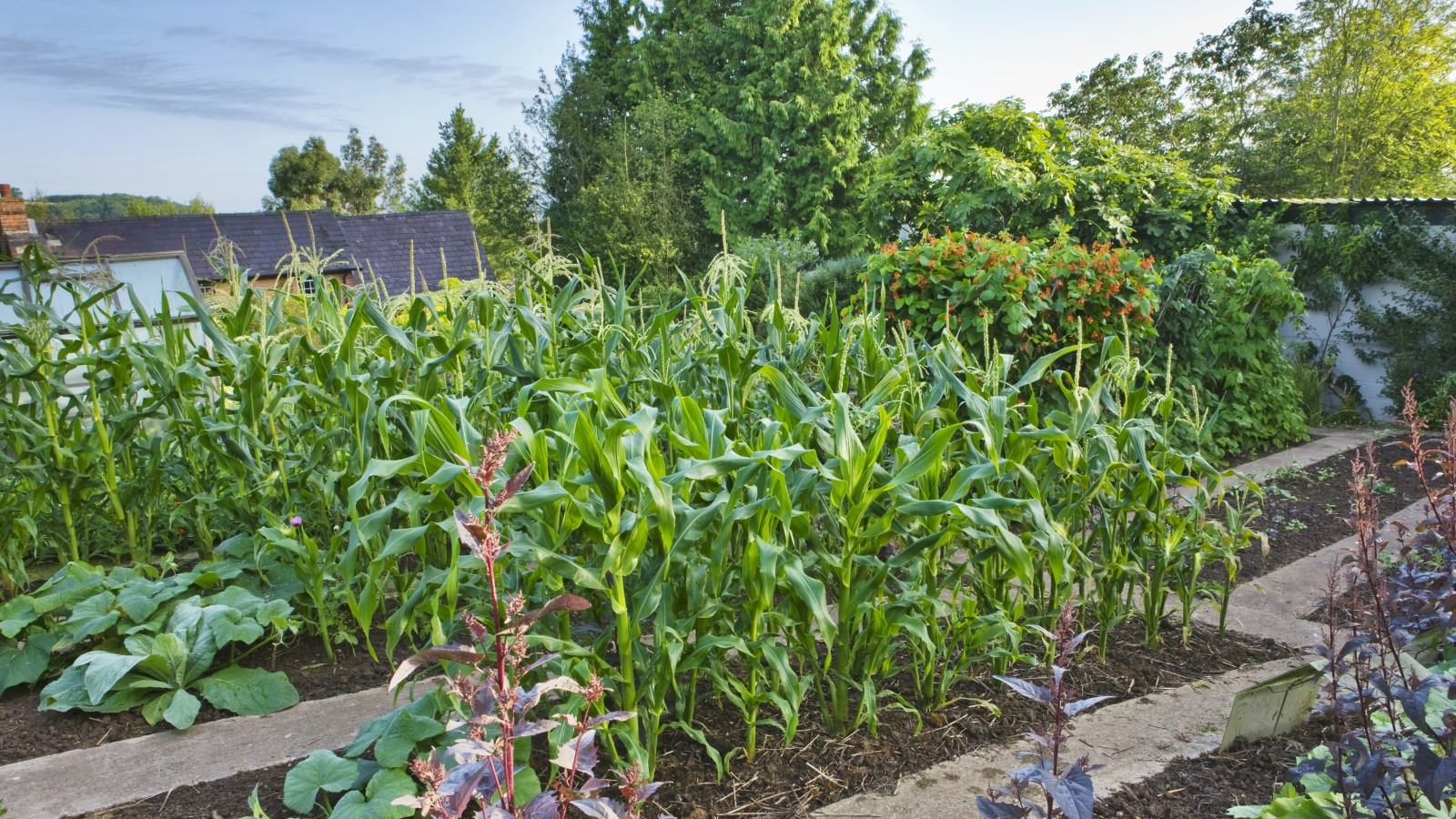 7 of the best vegetables to plant in April, with sowing tips from an experienced grower for bumper harvests
7 of the best vegetables to plant in April, with sowing tips from an experienced grower for bumper harvestsFrom broccoli to zucchini, April is a fantastic time to plant a wide range of vegetables
By Drew Swainston Published
-
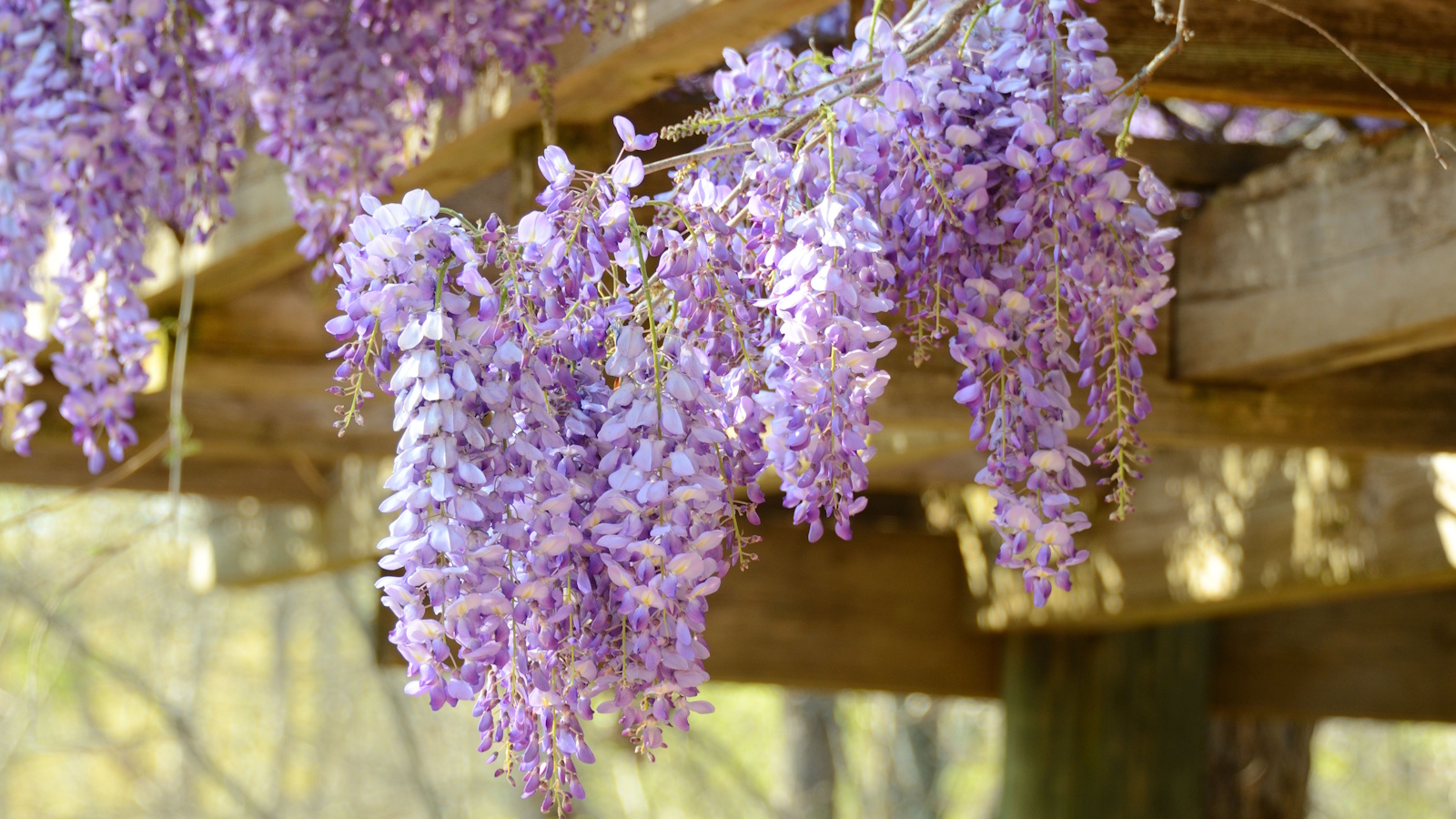 Best fragrant spring-flowering perennials – 5 charming choices to infuse delightful scent in your yard this season
Best fragrant spring-flowering perennials – 5 charming choices to infuse delightful scent in your yard this seasonSpring is full of so many beautiful aromas, uplifting our yards and making them an even more pleasant place to be
By Tenielle Jordison Published
-
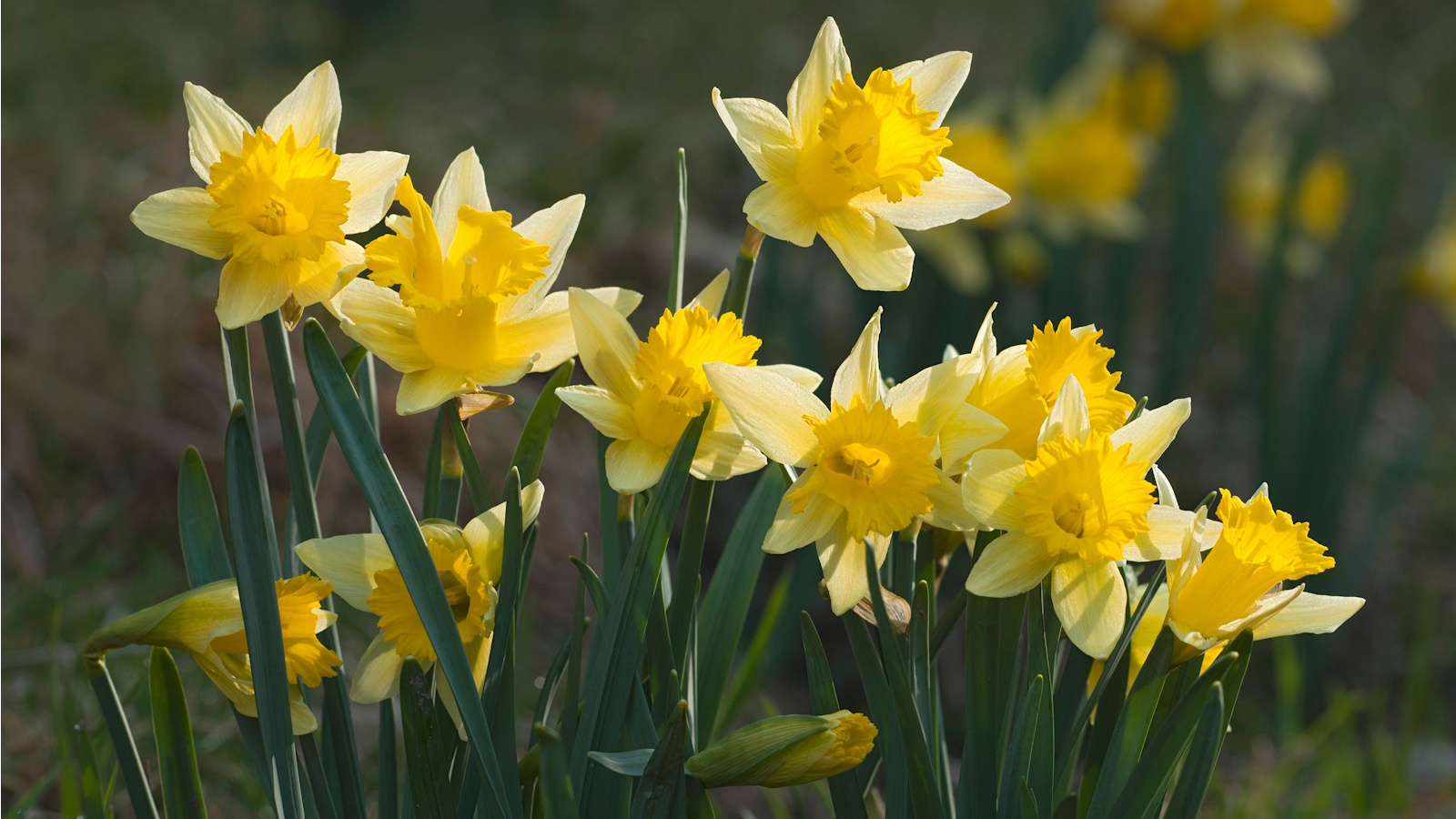 Is it too late to plant daffodil bulbs in March? Expert advice on making late planting a success
Is it too late to plant daffodil bulbs in March? Expert advice on making late planting a successThese stars of spring should be planted in fall, but that doesn't necessarily mean you've missed your opportunity once spring comes around
By Tenielle Jordison Published
-
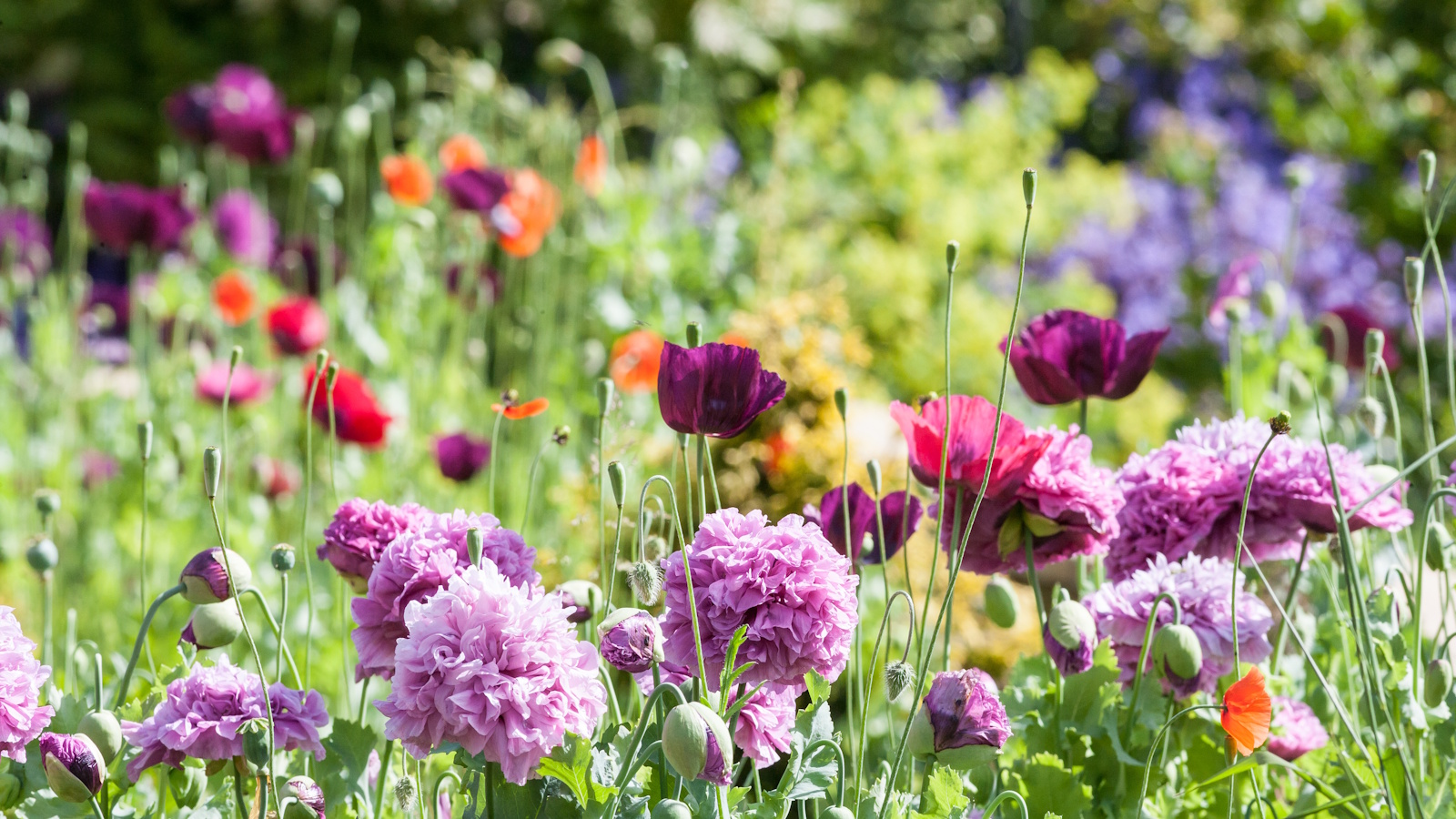 Do these 5 early-spring garden tasks right now, experts say, for an abundant growing season ahead
Do these 5 early-spring garden tasks right now, experts say, for an abundant growing season aheadNow is the perfect time to prepare your backyard for a successful gardening year
By Tenielle Jordison Published

